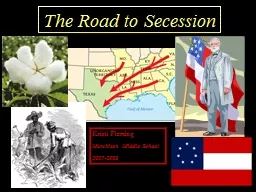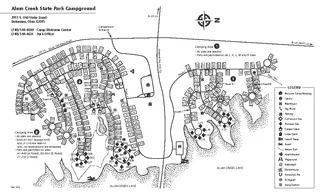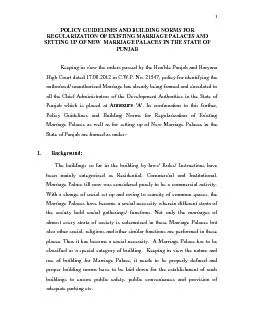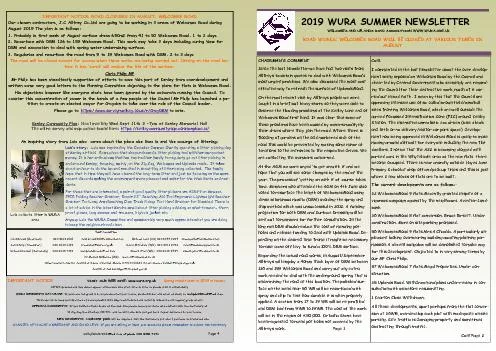PPT-The Road to Secession
Author : phoebe-click | Published Date : 2017-08-07
Kristi Fleming Murchison Middle School 20072008 Now that Texas was full of immigrants from the Southern United Statesits time to learn about the differences facing
Presentation Embed Code
Download Presentation
Download Presentation The PPT/PDF document "The Road to Secession" is the property of its rightful owner. Permission is granted to download and print the materials on this website for personal, non-commercial use only, and to display it on your personal computer provided you do not modify the materials and that you retain all copyright notices contained in the materials. By downloading content from our website, you accept the terms of this agreement.
The Road to Secession: Transcript
Download Rules Of Document
"The Road to Secession"The content belongs to its owner. You may download and print it for personal use, without modification, and keep all copyright notices. By downloading, you agree to these terms.
Related Documents














